Top Things to Know Before Buying Outdoor Living Products

Top Things to Know Before Buying Outdoor Living Products: Climate, Space, Durability, Maintenance, Brand Reputation, Safety Standards, and Customization
Embarking on the journey of creating your dream outdoor living space is an exciting endeavor, filled with possibilities. But before you dive into the world of patio furniture, fire pits, and outdoor kitchens, there are a few key considerations to keep in mind. These insights will help you make informed decisions, ensuring your outdoor oasis is both beautiful and functional for years to come.
Firstly, consider the climate and weather conditions in your area. A sturdy, weather-resistant pergola might be perfect in a dry climate, but could struggle in a region with heavy rain and snowfall. Carefully evaluating your local weather patterns will help you select products that can withstand the elements.
Secondly, measure the available space in your outdoor area.

Weather-Wise Outdoor Living: Choosing Products That Stand the Test of Time
When selecting outdoor living products, considering your climate and weather conditions is crucial for optimal enjoyment and longevity. Understanding the specific climate and weather patterns in your area allows you to choose products that will withstand the elements and provide a comfortable outdoor living experience.
For example, if you live in an area with hot and humid summers, you'll want to choose outdoor furniture made from materials that are resistant to moisture and heat. Similarly, if you live in an area with harsh winters, you'll need to consider products that can withstand snow and ice.
Here are some specific things to consider:
Sunlight: Consider the amount of sunlight your outdoor space receives. Choose materials that can withstand UV rays and prolonged exposure to the sun. Fabrics can fade, plastics can become brittle, and wood can crack or warp under intense sun exposure.
Temperature: Extreme temperatures can damage outdoor furniture and other products. Choose materials that can withstand both hot and cold temperatures. For example, consider using materials that are resistant to expansion and contraction from extreme temperatures.
Rainfall: Select materials that can withstand rain, particularly if you live in a humid climate. Metal furniture can rust, wood can rot, and fabrics can mildew. Consider using materials that are water-resistant or have been treated with protective coatings.
Wind: Strong winds can damage outdoor furniture and other products. Choose items that are sturdy and well-anchored. Consider using furniture with weighted bases or windbreaks.
Snow and Ice: If you live in a climate that receives significant snowfall or ice, choose products that can withstand the weight and pressure of snow and ice. Avoid lightweight materials like plastic or thin fabrics. Choose sturdy materials like metal, concrete, or treated wood.
By considering the climate and weather conditions in your area when selecting outdoor living products, you can ensure your investment lasts and provides years of enjoyment. If you need help choosing the right products for your climate, consider consulting with a professional or researching specific products online.

Measure Twice, Buy Once: How to Ensure Your Outdoor Products Fit Perfectly
Before diving into the exciting world of outdoor furniture and decorations, it's crucial to ensure a perfect fit for your space. This means measuring your outdoor area accurately. Accurate measurement is the foundation for harmonious outdoor design.
Firstly, identify the area you wish to furnish. This could be a patio, deck, balcony, or a specific corner of your yard. Grab a measuring tape, and start measuring! For accurate results, use a tape measure that extends to the required length. If you're planning on placing furniture against a wall or fence, take note of the distance from the edge.
Sketching a simple diagram of your space can help visualize furniture arrangement. This helps in visualizing the layout, allowing you to arrange items effectively. Note down the measurements of the area and potential obstacles like trees, flower beds, or steps. This visual representation will serve as a blueprint for your outdoor space transformation.
When selecting furniture, consider the scale. Oversized furniture can overwhelm a small space, while small pieces may get lost in a large area. Leave adequate walkways between furniture pieces for easy movement and avoid creating a cramped feel.
Remember, measuring is an investment that pays off in the long run. With accurate measurements, you'll avoid the disappointment of buying furniture that doesn't fit and ensure your outdoor space becomes a haven of comfort and style.
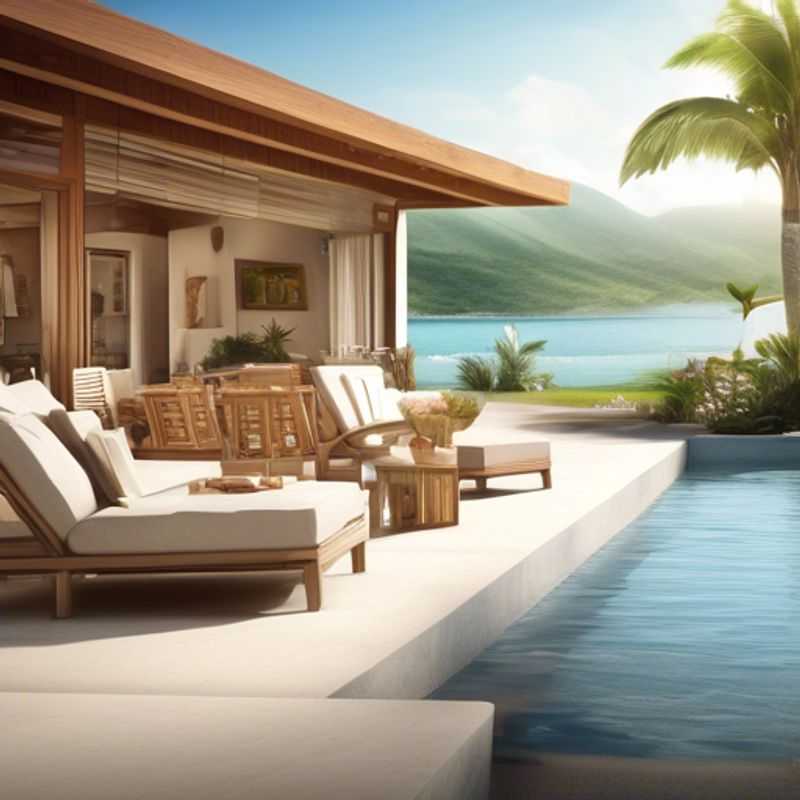
Building for the Elements: Choosing Durable, Weather-Resistant Materials
Choosing durable, weather-resistant materials is crucial for projects exposed to the elements. This ensures longevity and reduces the need for frequent replacements. Here's a quick guide to consider:
For outdoor structures, materials like pressure-treated lumber, composite decking, and vinyl siding resist rot, insect damage, and moisture. These materials are often treated with special coatings to enhance their durability and weather resistance.
For roofs, consider asphalt shingles, metal roofing, or tile roofing. Asphalt shingles are a common and affordable option, while metal roofing offers durability and longevity. Tile roofing, while more expensive, offers superior fire resistance and longevity.
For fences, vinyl or composite fencing offers low maintenance and weather resistance. Wood fences require regular staining and maintenance. Metal fencing, like aluminum or wrought iron, is also durable and requires minimal upkeep.
For patios, consider pavers or concrete. Pavers come in a variety of materials and styles, while concrete is a durable and affordable option. Natural stone can also be used, offering a more luxurious aesthetic.
Remember, the cost of materials varies depending on the type, quality, and availability. Research the different options and consult with a professional to find the best materials for your specific project and budget.
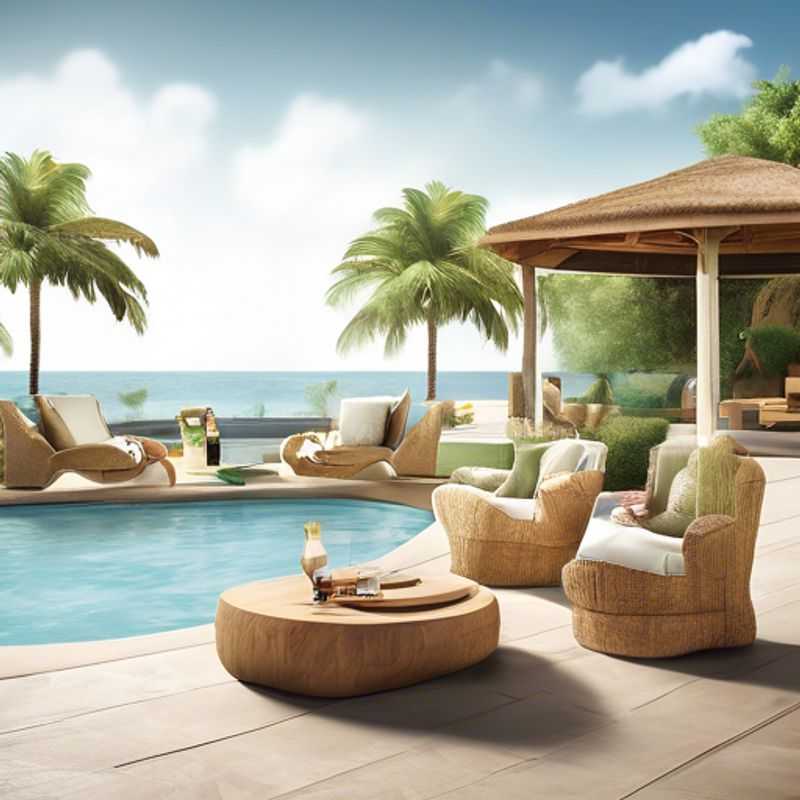
Outdoor Living: Maintenance Made Easy: Choosing Products That Last
Evaluating the maintenance required for outdoor living products is crucial for ensuring their longevity and optimal performance. Consider these key factors:
Material: Different materials require varying levels of upkeep. Wood necessitates regular cleaning, staining, or sealing. Metal may need rust prevention and protective coatings. Plastic often requires less maintenance but can fade or crack over time.
Exposure: Outdoor living products face harsh elements. Sun exposure can lead to fading and damage. Moisture can cause rust, mildew, and rot. Wind can accelerate wear and tear. Consider these factors when evaluating maintenance needs.
Usage: The frequency of use plays a significant role. High-use items require more frequent cleaning and repairs. Seasonal items may require less maintenance but should still be inspected and cleaned before and after use.
Climate: The climate in which the products are used influences maintenance needs. Humid climates can lead to increased moisture problems. Harsh winters may require winterization measures.
Maintenance Costs: Factor in the cost of maintenance supplies, cleaning products, repairs, and professional services. Regular maintenance can often prevent major repairs, saving you money in the long run.
Warranty: Check the product's warranty. Some manufacturers provide warranties that cover maintenance or repairs. Understanding the warranty terms can help you plan for maintenance costs.
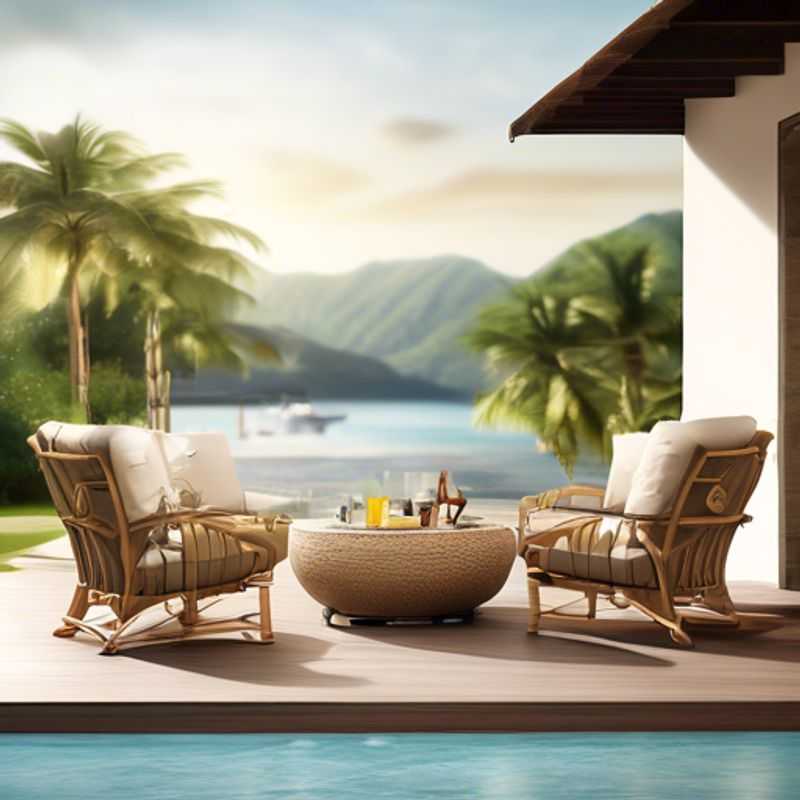
Reputation Check: Why Researching Brands Matters Before You Buy
Before you buy anything online, it’s smart to check out a company’s reputation and what other customers have said. This will help you make a more informed decision and save you money in the long run. Here are some tips:
Look up reviews on sites like Trustpilot, Sitejabber, and Consumer Reports. These sites collect customer reviews and can give you a good idea of the company’s track record. You can also read reviews on specific products on Amazon, eBay, and other retailers.
Search for the company name on Google and social media. See what people are saying about the company on forums, blogs, and social media sites. Pay attention to both positive and negative comments.
Check the Better Business Bureau website. The Better Business Bureau (BBB) is a non-profit organization that rates businesses based on customer complaints and other factors. You can use the BBB website to see if the company has any unresolved complaints or if they have been accredited by the BBB.
Look for any news articles or press releases about the company. Sometimes, you can learn about a company’s reputation by reading news articles or press releases. For example, if a company has been sued or has been involved in a scandal, you will likely find information about it online.
Consider using a third-party reputation management service. There are several companies that specialize in helping businesses manage their online reputation. These services can help you monitor your online reputation, respond to negative reviews, and build a positive online presence.
Taking the time to research a company’s reputation before you make a purchase can save you a lot of headaches down the road. It's a good idea to always do your due diligence before giving your money to any company.
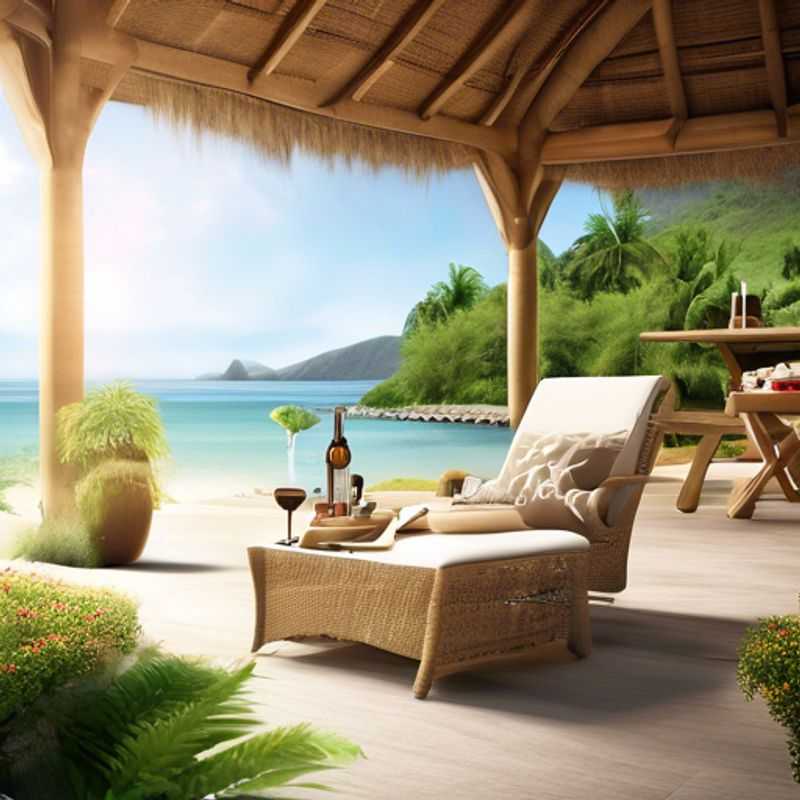
Safety First: Ensuring Products Meet Standards and Certifications
Ensuring that products meet relevant safety standards and certifications is crucial for manufacturers and consumers alike. These standards are designed to protect public health, safety, and the environment. Products may need to comply with regulations set by organizations such as the International Organization for Standardization (ISO), the American National Standards Institute (ANSI), or specific industry-related bodies depending on the product category.
To guarantee compliance, manufacturers often undergo rigorous testing and evaluation processes. This may include third-party testing, where independent laboratories assess the product against established standards. Obtaining certifications can involve costs such as testing fees, administrative expenses, and renewal fees for maintaining compliance over time.
In addition to initial certification, it’s important to consider ongoing monitoring and re-evaluation to ensure continued compliance. This can include periodic audits and product inspections, which may also incur costs. Furthermore, staying updated with changes in regulations is essential, as standards can evolve, requiring additional adjustments or re-certifications.
In summary, ensuring product compliance with safety standards involves understanding the necessary regulations, engaging in thorough testing, and budgeting for both initial and ongoing costs. For those interested in further details, a quick online search can provide a wealth of resources on specific standards and certification processes.
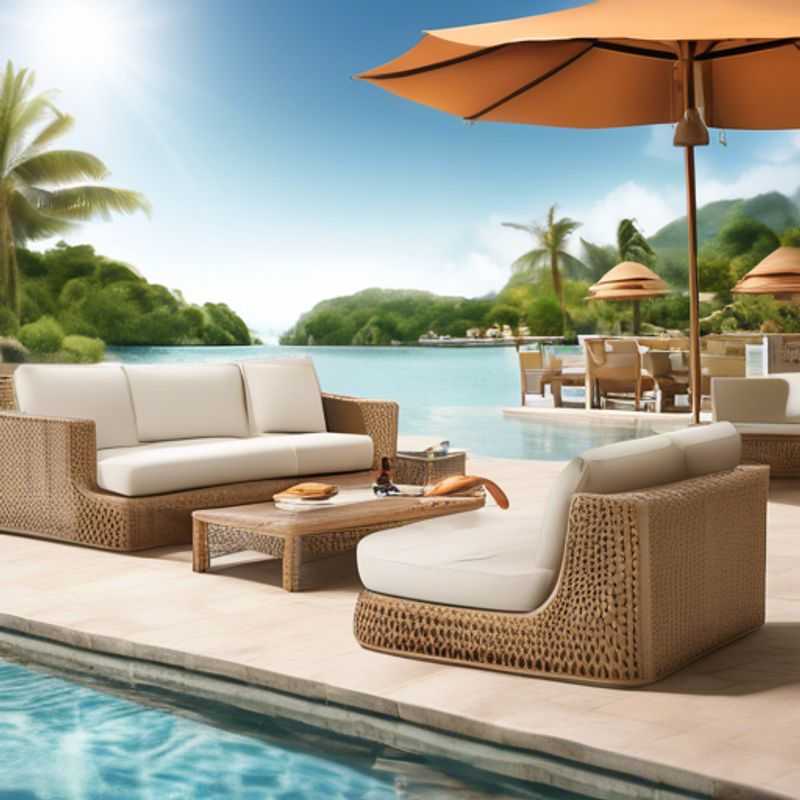
Crafting Your Dream Outdoor Oasis: Customization and Personalization Options
Customizing your outdoor space can transform it into a personal haven. Explore a range of options that cater to your specific needs and style. From simple additions to more elaborate designs, the possibilities are endless.
Landscaping is a fundamental aspect of outdoor customization. Consider adding a variety of plants, trees, and flowers to create a vibrant and visually appealing space. This can include building flower beds, installing a water feature like a fountain or pond, or adding a patio with seating.
Outdoor Lighting plays a crucial role in setting the mood and enhancing the functionality of your space. Installing strategically placed outdoor lighting can highlight features, create ambiance, and improve safety. Choose from various lighting options like string lights, spotlights, or path lights, ensuring they are compatible with your existing electrical system.
Outdoor Furniture is essential for creating comfortable and functional outdoor spaces. From dining sets to lounge chairs, choose furniture that complements your style and provides ample seating and storage. Consider adding a fire pit or outdoor fireplace for warmth and a gathering point. It's important to select weather-resistant materials that can withstand the elements.
Outdoor Structures add an element of functionality and style. Pergolas, gazebos, and awnings provide shade and protection from the elements, creating a comfortable outdoor living area. These structures can be customized with different materials, designs, and sizes to suit your needs. Remember to obtain necessary permits and ensure the structures are properly installed to prevent safety hazards.
Hardscaping involves using materials like stone, concrete, and brick to create pathways, patios, and retaining walls. Hardscaping provides structure and organization to your outdoor space, enhancing its aesthetic appeal and functionality. Planning and professional installation are essential for achieving the desired look and durability.
Before starting any outdoor customization project, assess your budget and resources. Consider the cost of materials, labor, and any necessary permits. It's also helpful to consult with a professional landscape designer or contractor to get expert advice and ensure a successful project.
